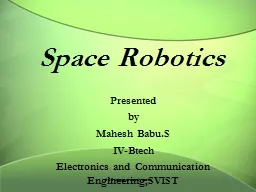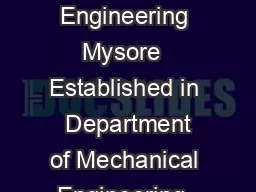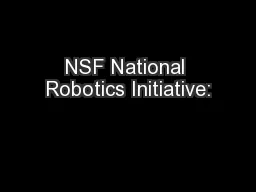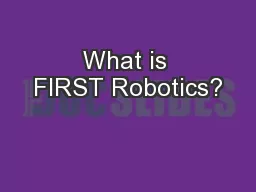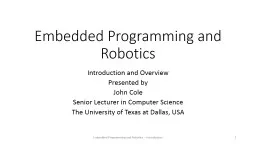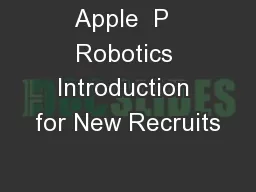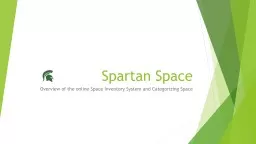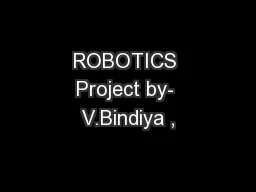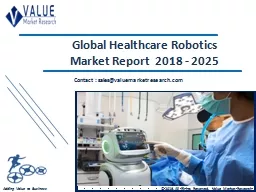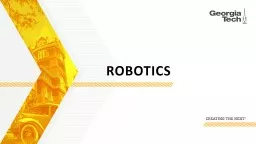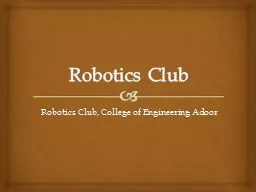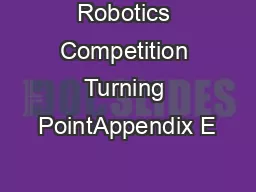PPT-Space Robotics Presented
Author : trish-goza | Published Date : 2018-09-22
by Mahesh BabuS IV Btech Electronics and Communication EngineeringSVIST 123seminarsonlycom Introduction Robot Mechanical body computer has its brain Space Robotics
Presentation Embed Code
Download Presentation
Download Presentation The PPT/PDF document "Space Robotics Presented" is the property of its rightful owner. Permission is granted to download and print the materials on this website for personal, non-commercial use only, and to display it on your personal computer provided you do not modify the materials and that you retain all copyright notices contained in the materials. By downloading content from our website, you accept the terms of this agreement.
Space Robotics Presented: Transcript
Download Rules Of Document
"Space Robotics Presented"The content belongs to its owner. You may download and print it for personal use, without modification, and keep all copyright notices. By downloading, you agree to these terms.
Related Documents

